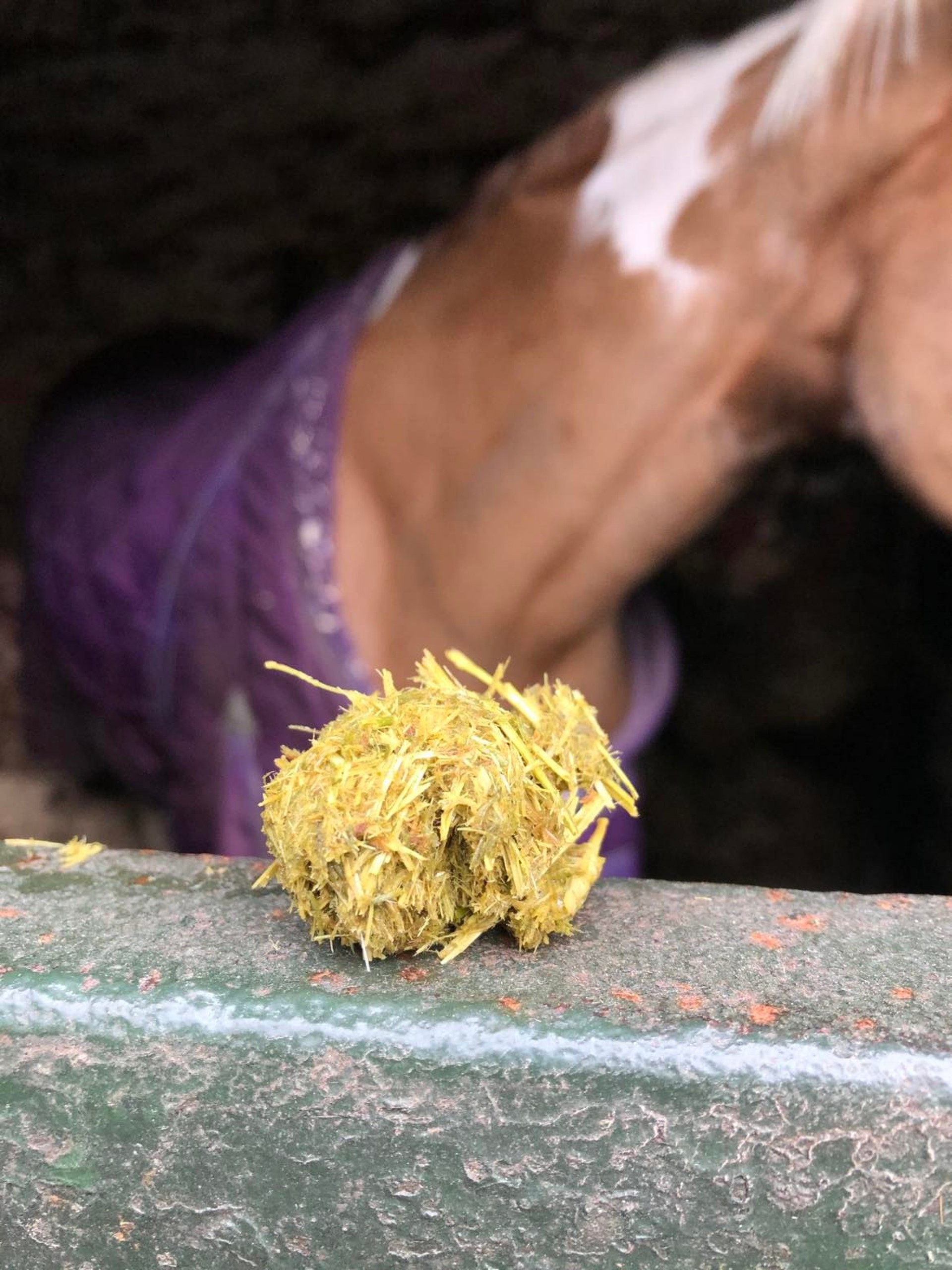Diastema Disease
19 Oct 2022
Horses have six cheek teeth on both sides in the top and bottom jaws, which are normally tightly packed together to work as one big grinding platform. The curvature of the jaw means that the teeth are actually angled towards each other to make this an almost seamless unit.
Sometimes small gaps form between these teeth, and the action of chewing forces fibre between them under high pressure. This in turn becomes a lovely environment for bacteria in the rotting feed material. The gums and periodontal tissues surrounding the teeth become inflamed and extremely painful. Diastema disease is one of the most painful tooth problems for horses, more so than fracturing a tooth, or an abscess for example.
We can spot this at a routine dental examination. Horses are often painful so sedation is frequently necessary for a proper, still examination using a mirror or dental endoscope – even in horses who have never needed it before.
Sometimes the gaps are obvious, but other times they can be harder to see. Smaller gaps can actually be more painful than big ones – the food often gets packed tighter and deeper, and a relatively small gap at the surface can actually have a really deep painful pocket lurking below that we need a still, comfortable horse to explore and treat.
Treatment involves a variety of approaches depending on the specific location, size and shape of the gap. Sometimes relatively simple flushing and burring can solve the problem, whereas in other cases more in depth treatment may be required. It is often useful to actually widen the gap (somewhat counterintuitively perhaps) so that feed material can’t get stuck and therefore doesn’t sit and rot – the smell from the food material we remove is usually very potent and not something you forget in a hurry!
Almost always advanced diastema disease results in ‘quidding’. However, in the early stages you may see nothing at all – it is something we find at a routine dental check. While it can certainly result in a horse not being settled in the contact, or showing other problems such as being ‘heavy’ on one rein, sometimes it is only in retrospect once the horse has been treated and is in no longer in pain that people can suddenly see a difference in the way the horse is going; usually these problems are insidious ones that creep up over time.
We certainly feel we see more diastema disease than we used to. There are probably several reasons for this – not least the fact that horse owners are so much more diligent about having regular dental checks for their horse’s than used to be the case, so therefore problems are picked up much sooner. One of the biggest changes though is that we feed so much more haylage than we used to; good in many ways but not so good for horses’ teeth. We see far more caries (tooth decay) these days and this often goes hand in hand with diastema disease. Not only is haylage more acidic than hay, but also the texture seems to make it more likely to get ‘stuck’ in the teeth.
As always, please contact us at the clinic if you have concerns about your horse either to discuss with a vet or to book a dental examination.
0808 168 5580 or 01254 888 600

Quidding
If you ever see a horse ‘quidding’ lumps of chewed-up hay or haylage then one of the most common reasons for this is diastema disease – or gaps between the teeth.
This can usually be spotted at a routine dental examination.